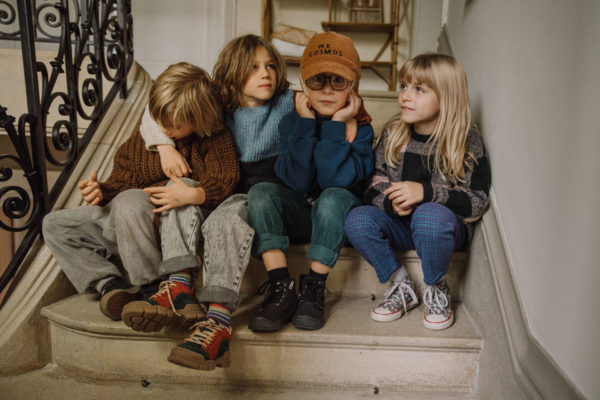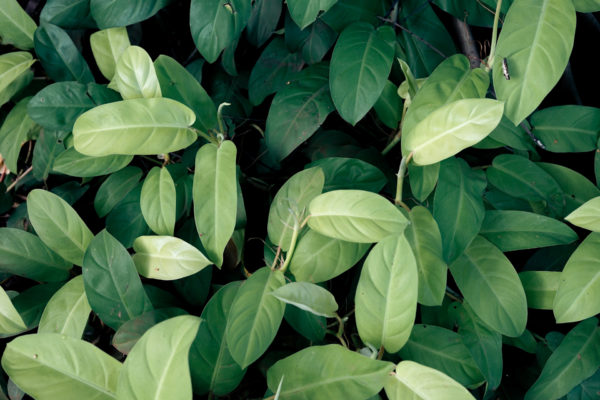How To Create The Perfect Skin Care Routine For Kids
By
9 months ago
Good skin can be nurtured at any age

While grown-ups have access to lots of fantastic skincare brands and products, it should be worth noting that kids can also benefit from looking after their skin just as much (if not more) from an early age. Keen to instil some good habits? We asked the team at Dandydill Way how to create the perfect skin care routine for kids, from beginner to advanced level – here’s what they recommended.
How To Create The Perfect Skin Care Routine For Kids
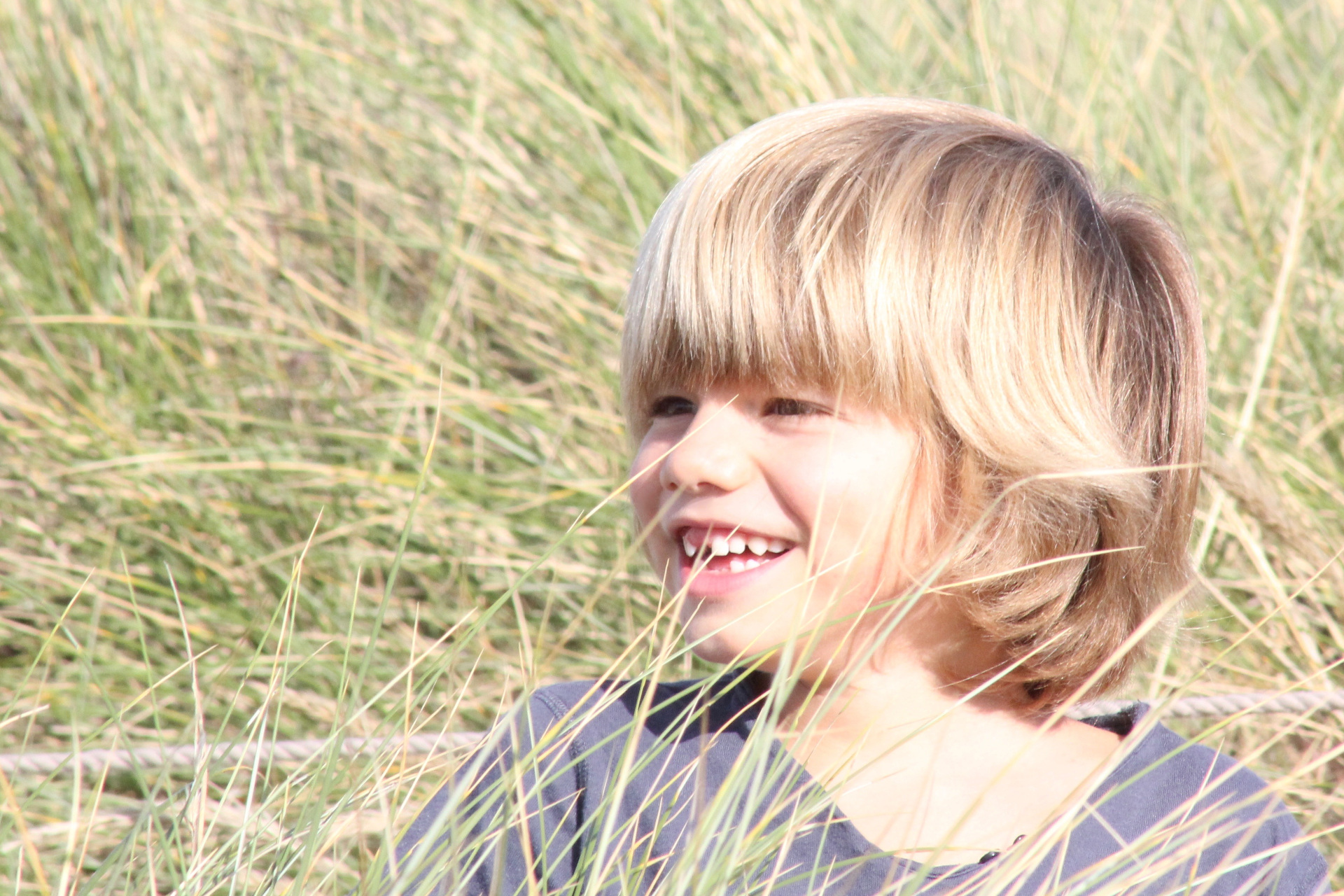
Should Kids Have A Skin Care Routine?
‘A skin care routine is a good idea for children as it will help them to understand the importance of self-care, as well as how to take care of the skin and protect it from damage,’ says Tania Rodney, founder of children’s skincare brand Dandydill Way.
At What Age Should We Introduce Skincare?
A lot earlier than you might think, says Tania. ‘It’s sensible for a parent or carer to start a skincare routine for a child from six months of age,’ she explains. ‘In terms of the child taking responsibility for their skincare routine, skincare experts suggest introducing children to a dedicated skin care routine between the ages of nine and 11 years old. At this age, they are more capable of understanding the importance of hygiene and following a simple skin care routine – this allows children to develop a consistent habit as well as the know-how to adapt their routine as they grow older and their skin’s needs change, thus creating a foundation for lifelong healthy skin practices. It is important they learn the routine as a habit rather than a new chore.’
How Often Should Kids Perform A Skin Care Routine?
‘Twice a day is ideal,’ says Tania. ‘When they’re very young, washing the face with water followed by applying some sunscreen is all that’s required in the morning, followed by a proper cleanse and a little moisturising cream before bed. Make it simple and structured, ideally at the same time as getting dressed and brushing teeth.’
Are There Any Misconceptions Surrounding Kids’ Skin Care?
There are, unfortunately, plenty, says Tania. ‘These misconceptions often result from poorly understood science and misreporting. We hear about “chemicals” as if they are all bad and “natural” as if it’s all good, which isn’t always the case – there are allergens present in essential oils, for example. In fact, citrus oils can be highly allergenic.’
Tania also explains that you should find products specifically formulated for kids; you can’t just apply adult skincare on a child. ‘Because of the fragility of young skin, it’s important to choose products that have been specifically formulated for children,’ she says. ‘These will contain suitably mild and gentle ingredients and avoid ones that are intended to be used on thicker adult skin.’
And then there’s the idea that kids’ skincare is simply not needed, adds Tania: ‘Some parents consider a skin care routine to be unnecessary but it’s hugely important as part of growing up and learning independence and how to look after yourself. Why wouldn’t you teach your children to properly protect and care for the largest organ of their body?’
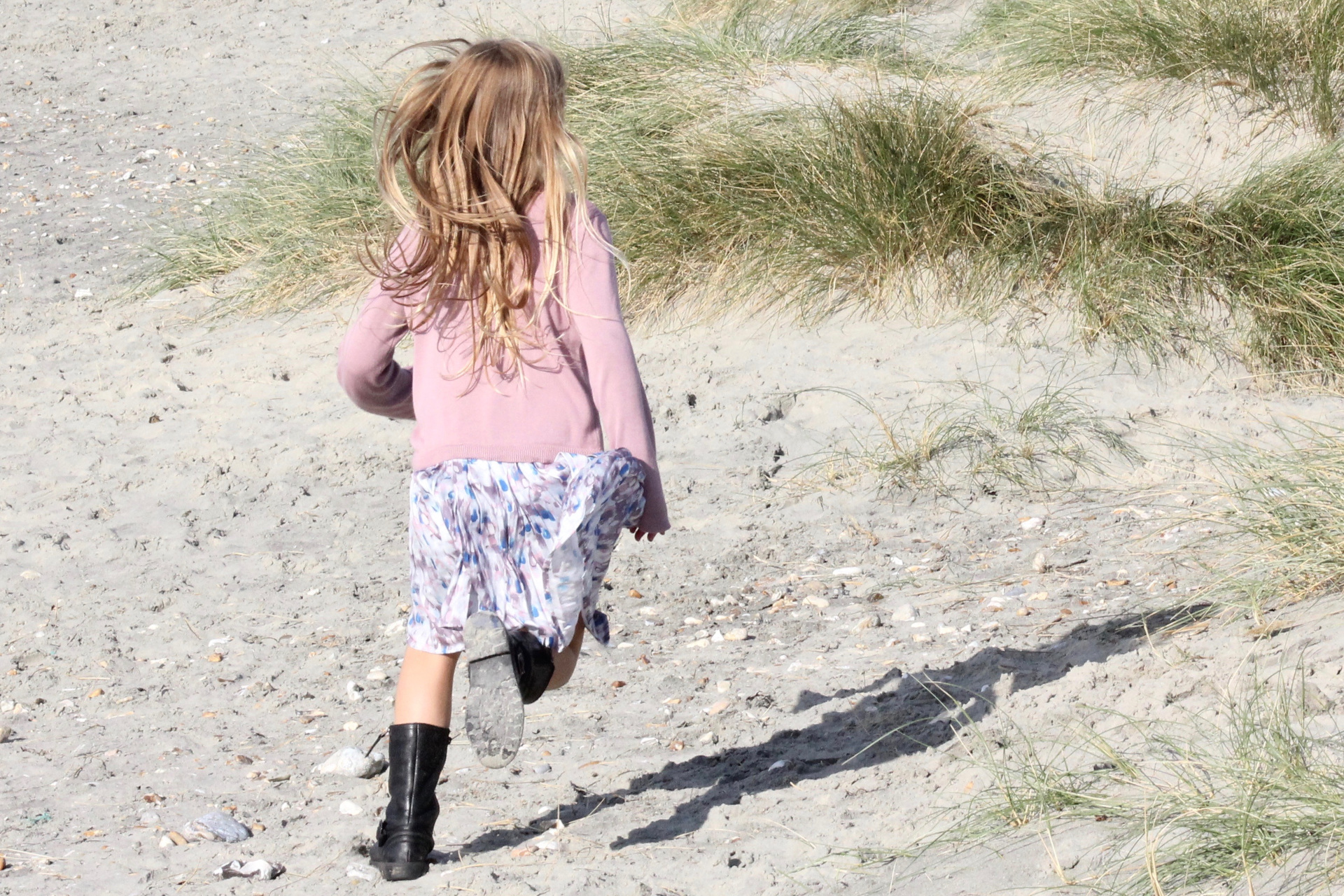
How Do Skin Care Routines Differ For Infants, Children and Adults?
‘For infants younger than six months, you can simply use water to clean them if you wish – but as they start to move and crawl, you will need to use a product to wash them,’ says Tania. ‘Generally speaking, children’s skin is more sensitive and delicate compared to adult skin, so you need to choose products that are formulated with this in mind.’
She also warns us that we should never let kids use soap to wash their face. ‘Soap is not a good choice of cleanser as it is harsh on the skin due to its alkaline nature with high pH levels,’ she explains. ‘Normal healthy skin has pH levels that are slightly acidic, so soaps increase the skin’s pH making it more prone to dryness and irritation by stripping off natural skin oils, compromising the skin barrier function.’
What Types Of Products Should Be In The Lineup For A Kid’s Skincare Routine?
Beginner: Children
Tania tells us that any skin care routine should start with three products: a cleanser, moisturiser and SPF. Below, she breaks down what to look for in each product and how to use them:
Cleanser
‘The first thing your child will need is a gentle cleanser to remove dirt and impurities from the skin,’ she says. ‘Look for a pH balanced wash off cleanser that they can use in the bath or shower, but avoid soap as it can be very drying and impair the skin’s natural barrier function.’
How To Use: ‘Wet the face with lukewarm water, apply the cleanser with clean fingers or a face cloth and use gentle circular motions, paying attention to the T Zone (nose and forehead) for oilier skin,’ instructs Tania. ‘Rinse thoroughly with warm (not hot) water. If you wash your face in water that is too hot, it can strip your skin of the natural hydrating oils, as well as causing a breakdown of delicate tissue leading to the skin becoming dry and flaky. Water that is too cold can also cause dryness, flakiness but also acne as the dirt is not loosened off the skin.’
Moisturiser
‘You’ll also want a children’s moisturiser in the line-up, to help lock in moisture and keep skin from getting too dry,’ says Tania.
How To Use: ‘A small dab on the cheeks is fine for younger children, gently massaged into the skin.’
SPF
‘SPF is essential for all ages and should be the final stage for a morning routine,’ explains Tania. ‘It is particularly important for young children as most sun damage typically happens in childhood which can result in long term health risks.’
How To Use: ‘Gently massage into the skin after applying moisturiser, ensuring the previous product has dried before applying.’
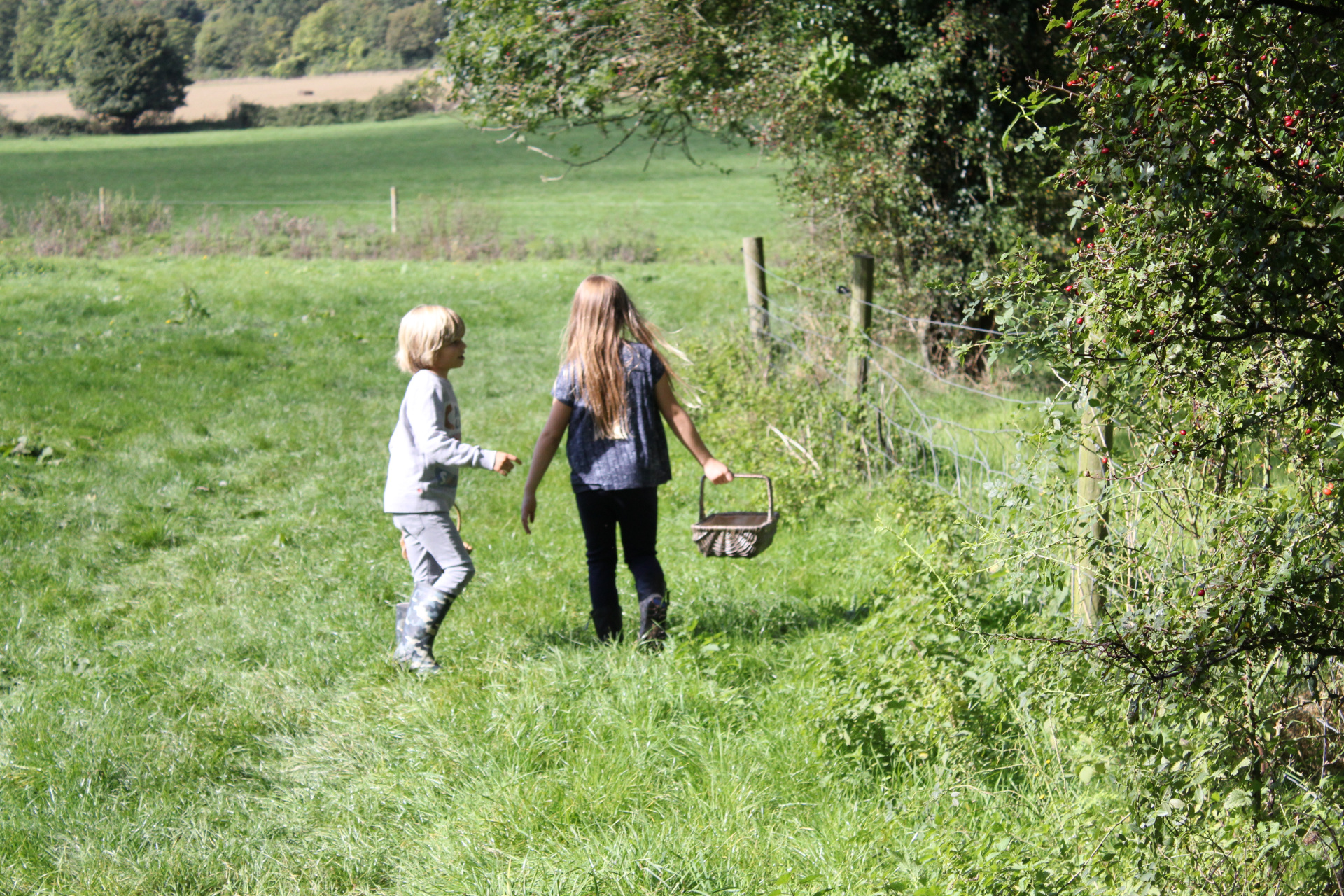
Next Steps: Children To Tweens
‘As puberty begins to impact the skin, excess sebum can start to clog pores and cause spots,’ explains Tania. ‘An intermediate skin care routine for tweens might include a face mask that can go a little further in cleansing and draw out deeper impurities. Sheet masks are a fun and easy way to start to “treat” the skin but look out for allergens (in BOLD on the ingredients list) and strong fragrances that could irritate.’
How To Use: Follow the instructions on the packet. You shouldn’t be using a mask more than once a week.
Advanced: Tweens To Teens
As they get older, kids will develop new skin concerns they’ll want to specifically target with their routine. ‘As tweens become teens they tend to become more self-conscious and are looking for products designed to tackle breakouts and acne,’ says Tania. ‘This can be more difficult to navigate as the products get harsher and can aggravate delicate young skin. An exfoliating scrub used once a week is a great way to help unblock pores. Look for products that contain clay (as it has natural antiseptic) or try to make a homemade scrub by mixing sugar and honey. For those with sensitive skin, mix oatmeal with honey and milk. Crucially, only exfoliate skin once a week to remove the buildup of dead skin cells otherwise you can compromise your skin’s barrier function.
How To Use: ‘Apply to damp skin after cleansing,’ advises Tania. ‘Don’t be tempted to give up the moisturiser because you can end up with dry, flaky patches as well as oily, spotty areas on the face. Proceed with caution and give time for a product to work. It’s always a good idea to consult a doctor or dermatologist if spots and acne are affecting your child’s well-being.’
Which Skincare Ingredients Should We Look Out For?
‘Look out for non-comedogenic, skin compatible ingredients in moisturisers such as hyaluronic acid and jojoba oil, as both are safe to use from birth,’ says Tania. ‘Avoid harsh SLS and SLES in cleansers and choose soap free face washes that won’t strip the skin or upset its delicate biome. Always avoid allergens (even naturally occurring ones) which have to be highlighted in the ingredients and try to make skin care fun for your little ones with gentle, luxuriant formulations and packaging they will love.’
DISCOVER
Explore more kids’ skincare products at dandydillway.com
Images courtesy of Dandydill Way







